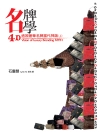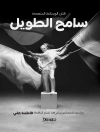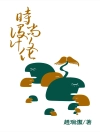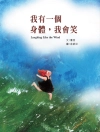This book studies design in airline travel posters of the 1920–1970: period. It is both a semiology and a sociocultural cultural history that explores the way advertising posters combine information and fantasy to create seductive images/texts. The book is lavishly illustrated in colour, the images constituting part of the overall argument.
The field of poster studies is vast, but it is surprising how little work has been done till date on the fundamental structures – semiotic and semantic – that underpin the visual messages posters produce. Most studies of posters focus either on their history; on specific themes – politics, travel, sport, cinema; or on their status as collectable items. Though such approaches are valid, they hardly account for the specificity of the poster’s appeal or for the complex semiotic and cultural issues poster art raises. This book sets out to tackle these latter issues since they are fundamental both to the deeper significance and to the wider appeal of the poster as a cultural form.
In doing so it focuses on the field of airline travel posters which developed precisely in the period of the twentieth century (1920–1970) that coincided with the onset of mass travel.
Inhoudsopgave
List of Figures; Introduction; 1. Fact and Fantasy: Reading and Misreading the Poster Image; 2. People, Places and Planes: Destinations and Itineraries; 3. Looking Out and Looking Up: Framing Devices and Indexical Signs; 4. Indigenous Peoples; 5. Glamour and Sex Appeal: Designing Desire; Conclusion: The Decline of the Airline Travel Poster; References; Index.
Over de auteur
David Scott is internationally known both for his writing on travel and on the semiotics of graphic design, with books on travel texts, the postage stamp and the poster. He has also written books on the aesthetics and cultures of boxing and is the author of three works of fiction.












